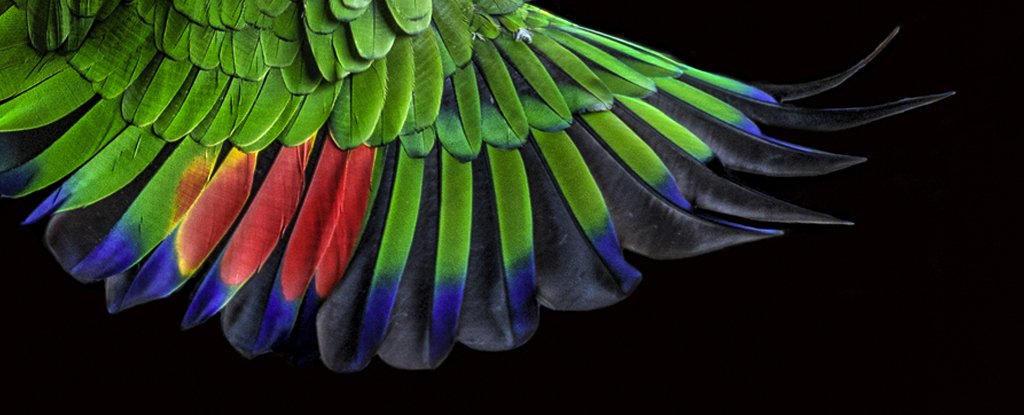A rare North Atlantic right whale calf spotted off the coast of South Carolina is expected to die after its head, mouth and lips were split open, likely by a boat propeller, officials said.
The calf was seen with its mother on Jan. 3 with serious wounds, and “is likely to die as a result,” the National Oceanic and Atmospheric Administration said in a statement on Wednesday.
North Atlantic right whales usually feed and breed within 30 miles of the East Coast of the United States and in Atlantic Canada, scientists say. The critically endangered species’ habitat overlaps with shipping lanes and other human activity, leaving it vulnerable to vessel strikes and entanglements in fishing gear.
“These are identifiable, preventable threats, and they’re caused by humans,” said Regina Asmutis-Silvia, executive director and senior biologist at Whale and Dolphin Conservation. “So there’s somewhat of a responsibility for us to mitigate them.”

For centuries, the whale’s slow pace, tendency to float when harpooned and thick blubber, used in soap, leather, and cosmetics, made them an easy target for whalers, earning them their name as the “right whale to hunt.” The species was hunted as early as the 9th century. The practice continued until it was banned in 1935 to manage their dwindling population.
But human-caused accidents in the ocean have continued to threaten the species. There are fewer than 360 North Atlantic right whales alive, researchers estimate.
Conservation groups have over the years unsuccessfully petitioned the federal government to tighten the vessel speed rules that protect the whales. Under current rules, most vessels over 65 feet long must travel at 10 knots or slower in certain zones along the Southeast and Mid-Atlantic of the United States from November into April.
Vessel strikes have killed several North Atlantic right whales in recent years. The New England Aquarium said that the latest strike represented the 14th in U.S. waters since 2008 that led to a death or a serious injury.
In 2021, a calf was found dead near St. Augustine, Fla., with deep propeller wounds, Defenders of Wildlife said. Its mother, called Infinity, was also seen with wounds from the same strike but not sighted again.
The New England Aquarium said the calf was the eighth born to a female whale named Juno. The pair was first seen on Nov. 28 off Georgetown, S.C., and last seen healthy on Dec. 9 off Amelia Island, Fla. The calf was one of nine documented along the southeastern coast during this calving season, which lasts from December through March.
NOAA urged boaters to report sightings of the calf and other right whales, while staying outside the legally required 500-yard radius. Data from the sightings can lead the authorities to ask vessels to slow down in areas where the whales were found, Ms. Asmutis-Silvia said.
“The biggest frustration is that this is preventable and there is a viable solution that doesn’t take boats out of the water,” she said of the wounded calf. “The fact that politics is, for whatever reason, not allowing this to move forward is very frustrating.”
Biologists say that North Atlantic right whales are critical for the aquatic ecosystem because they help the growth of phytoplankton, microscopic organisms that are the foundation of the marine food web.
Whales bring nutrients that phytoplankton need, like iron, phosphorous and nitrogen, to the ocean surface where they grow, in turn helping feed other life in the ocean.
“They play this really kind of cool role of basically being the ocean gardeners, because they’re using the ocean surface for bathroom breaks,” Ms. Asmutis-Silvia said.










